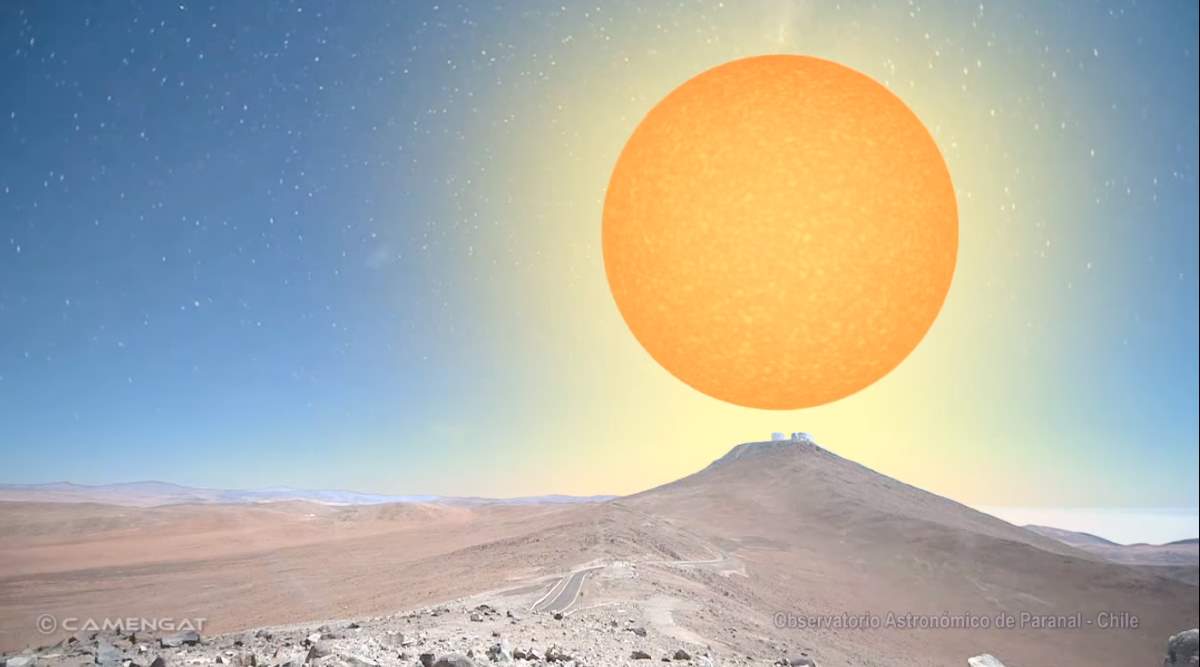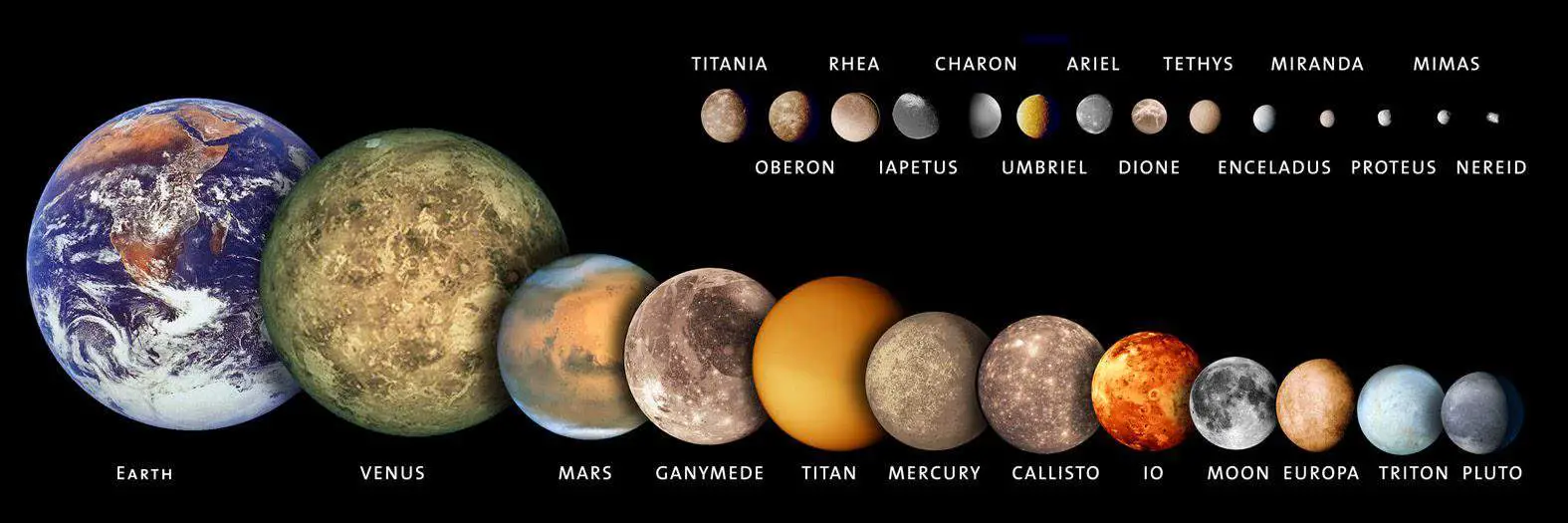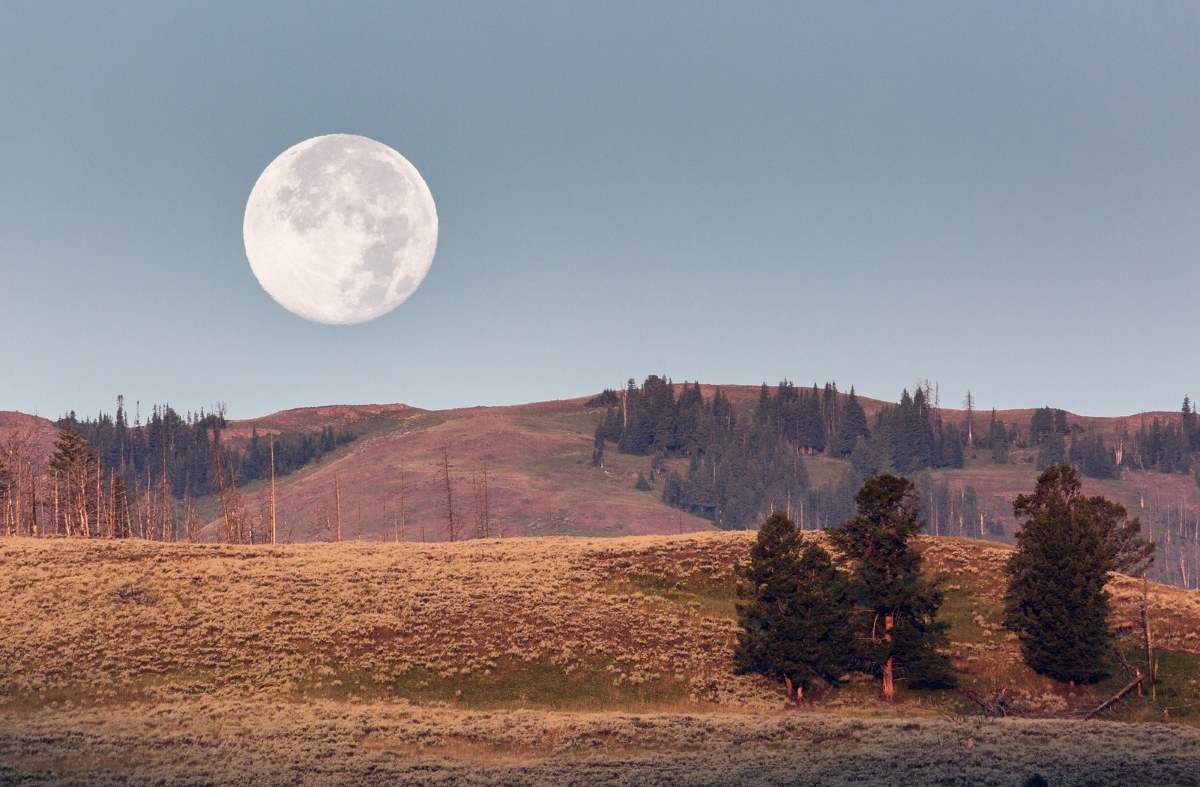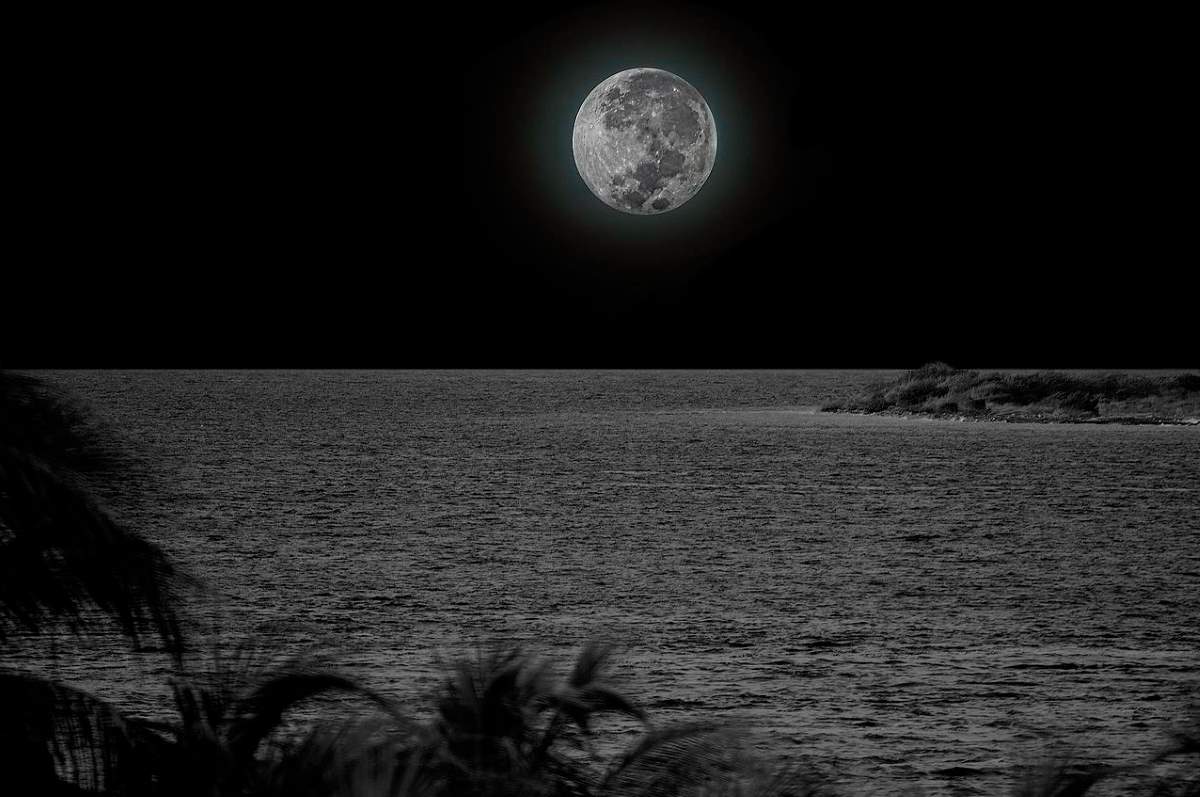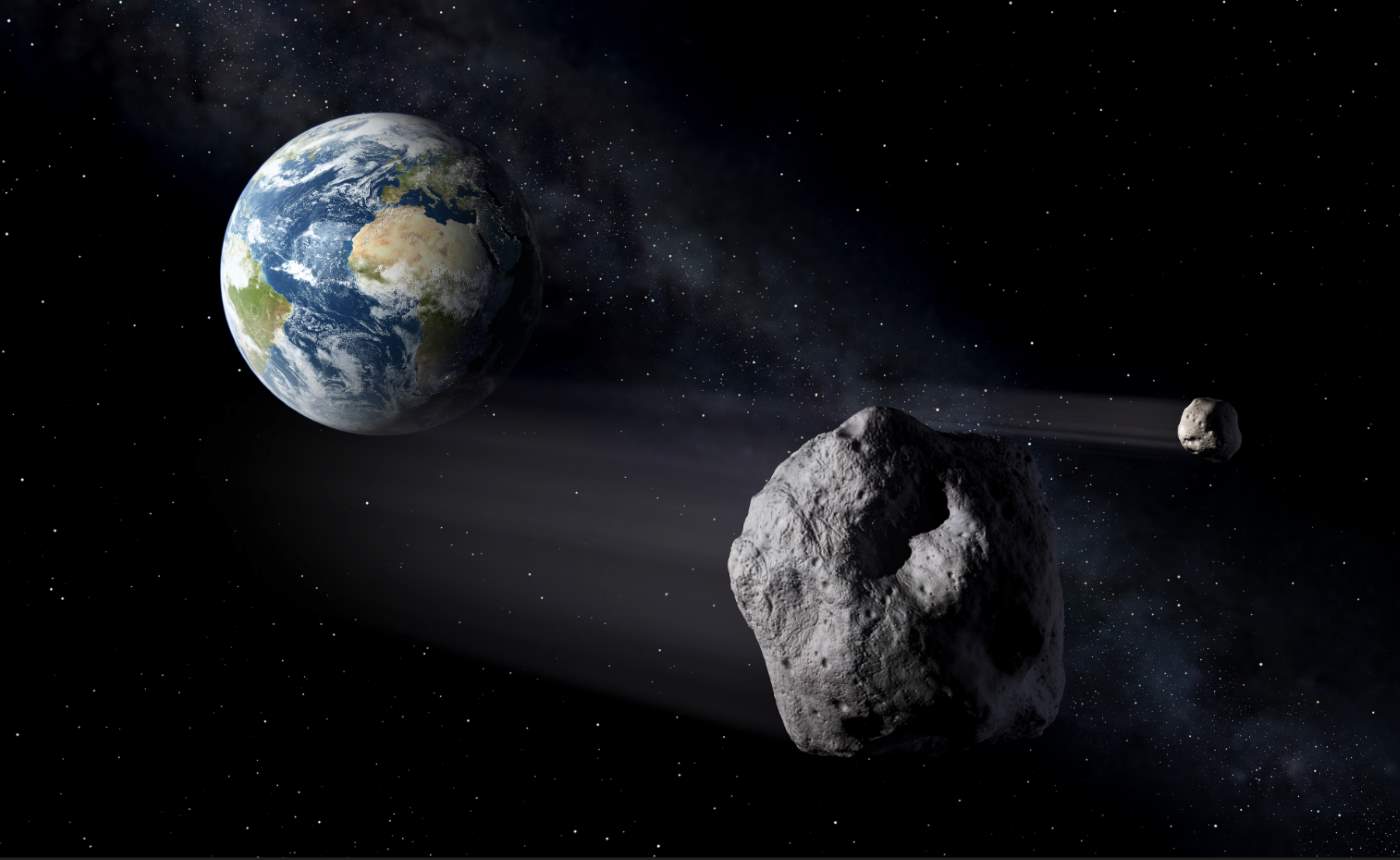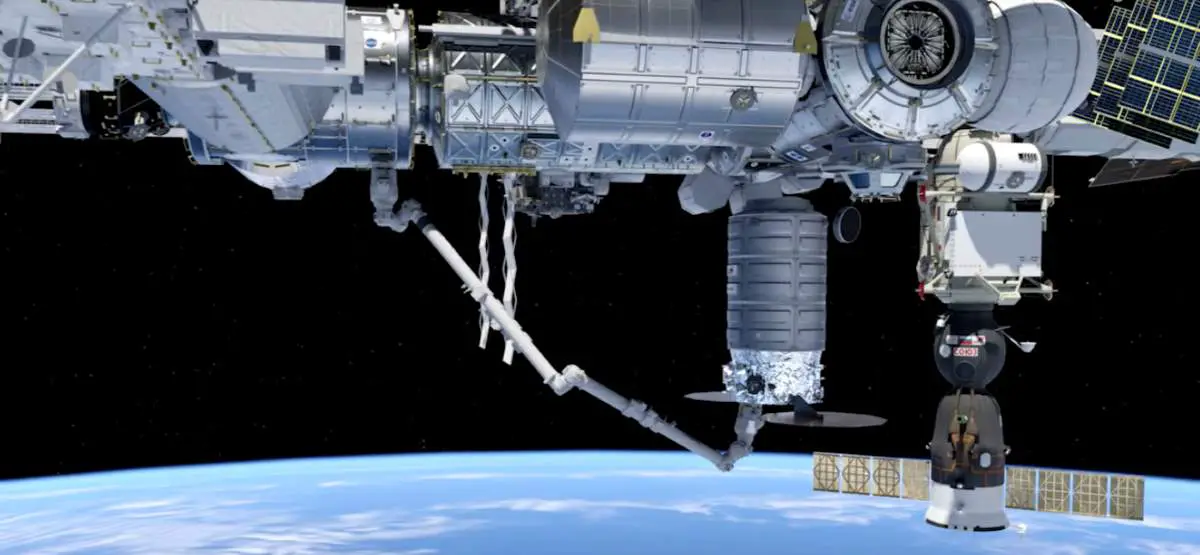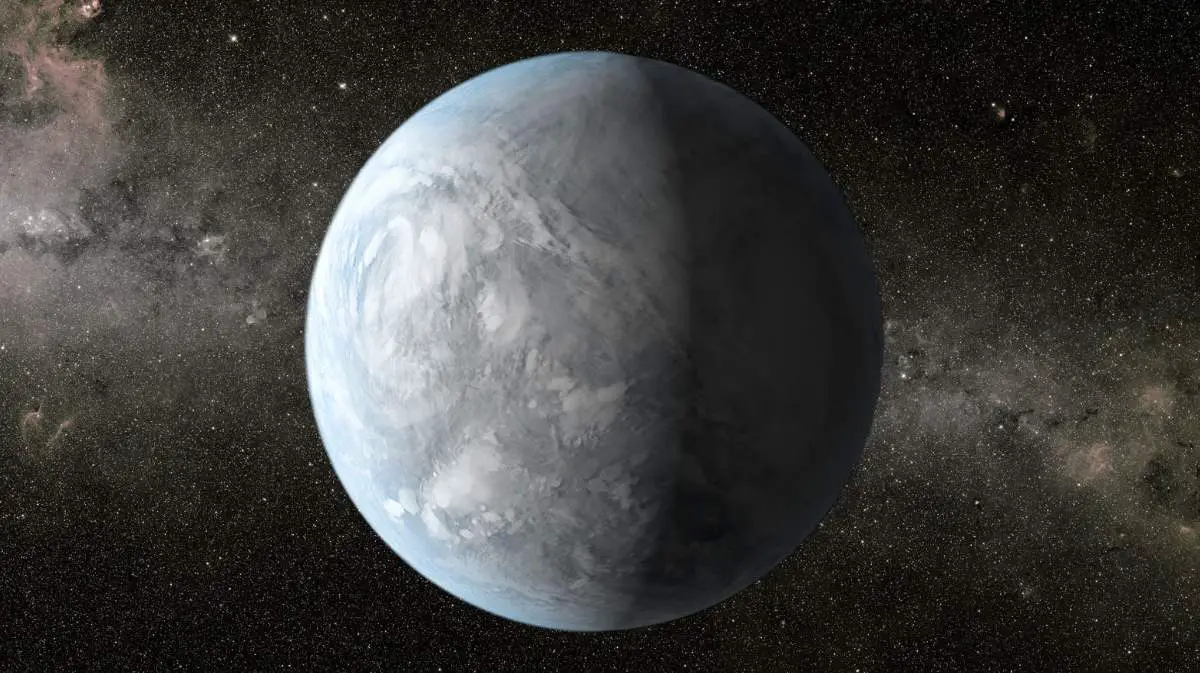The Sun is the primary source of energy for Earth’s climate system, and life on Earth. With a diameter of about 1.39 million kilometers (864,337 miles, i.e. 109 times that of Earth), and a mass of about 1.9885×1030 kg (330,000 times that of Earth, accounting for about 99.86% of the total mass of the Solar …
Continue reading “What other stars would look like in the place of the Sun?”
